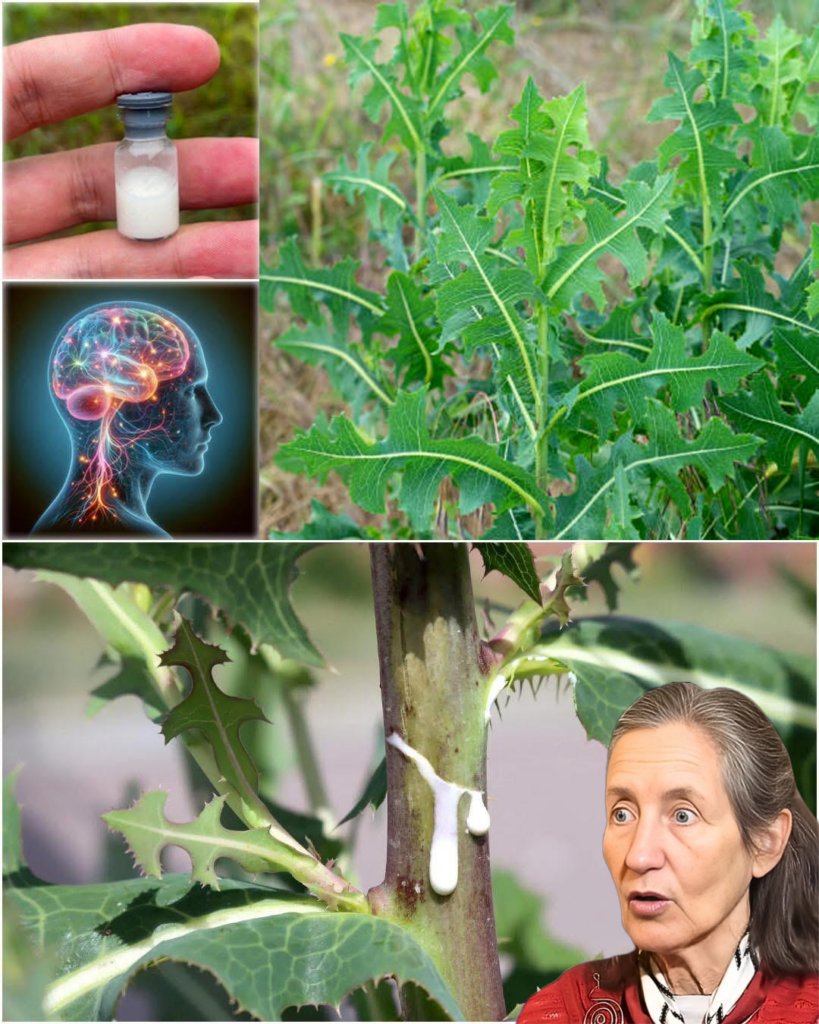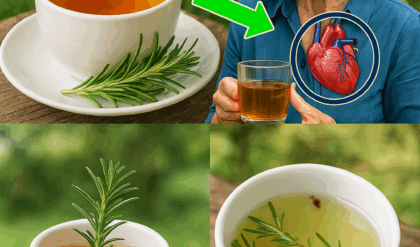Prickly lettuce, scientifically known as Lactuca serriola, is a wild relative of the cultivated lettuce and is often found in fields, roadsides, and disturbed areas. Despite its reputation as a weed, this hardy plant offers several benefits, including medicinal uses and nutritious greens. In this article, we’ll explore how to propagate and grow prickly lettuce and share tips for a successful harvest, all while addressing its uses and potential side effects.

Understanding Prickly Lettuce (Lactuca serriola)
Prickly lettuce, also referred to as wild lettuce or bitter lettuce, is part of the Asteraceae family. It grows as a biennial or perennial plant and can be easily identified by its prickly leaves, yellow flowers, and tall, spindle-shaped stem. Though often considered a weed, it has been historically used for its medicinal properties, particularly in herbal medicine, where it is known to have mild sedative and pain-relieving effects.
Why Grow Prickly Lettuce?
While many gardeners may dismiss Lactuca serriola as an invasive plant, it offers several benefits, including:
- Herbal Medicine: The leaves and stems of prickly lettuce are used in herbal medicine to treat conditions such as insomnia, anxiety, and pain. The plant contains compounds like lactucopicrin and lactucin, which have mild sedative and analgesic properties.
- Edible Greens: The leaves can be eaten when young and tender, although they can be bitter. Some people use them in salads, soups, or stir-fries, where their bitterness can be balanced with other flavors.
- Hardy Growth: Prickly lettuce is known for its resilience and ability to grow in poor soil conditions, making it a great option for natural landscaping or for those who want to grow something with minimal maintenance.
How to Grow Prickly Lettuce
Growing prickly lettuce is simple, as it thrives in many different environments. Here’s how you can propagate and grow it in your own garden:
1. Choosing the Right Spot
Prickly lettuce prefers full sunlight, but it can tolerate partial shade. It grows best in well-draining soil but can adapt to less fertile conditions. Planting it in areas that receive at least 6 hours of sunlight each day will encourage optimal growth.
2. Propagating from Seed
Prickly lettuce is most commonly propagated from seed, as it readily self-seeds in the wild. Here’s how to get started:
- Collect Seeds: The best time to collect seeds is when the flowers have gone to seed and the seed heads are fully mature. This usually occurs in late summer to early fall.
- Prepare the Soil: While prickly lettuce can tolerate poor soil, it grows best in loose, well-draining soil. Loosen the soil with a hoe or rake to a depth of 1-2 inches before planting.
- Sow the Seeds: Scatter the seeds evenly over the soil and lightly press them into the ground with your hands or a board. Do not bury the seeds too deeply, as they need light to germinate. Alternatively, you can plant them in shallow rows.
- Watering: After sowing, water the seeds lightly to keep the soil moist. Once germinated, continue watering regularly, but be careful not to overwater.
3. Transplanting Seedlings
If you prefer to grow prickly lettuce from seedlings, start by sowing the seeds indoors 4-6 weeks before the last frost. Once the seedlings have grown strong and the risk of frost has passed, you can transplant them outdoors.
- Spacing: Plant the seedlings about 12 inches apart to give them enough room to grow into mature plants.
- Hardening Off: Gradually acclimate the seedlings to outdoor conditions by placing them in a sheltered spot outside for a few hours each day for a week before transplanting.
4. Care and Maintenance
Prickly lettuce is quite low-maintenance, but a few simple care practices will help it thrive:
- Watering: Keep the soil consistently moist, especially during dry periods. However, avoid excessive watering, as this can lead to rot.
- Fertilizing: Prickly lettuce is not a heavy feeder, but adding some organic compost to the soil before planting will encourage better growth.
- Pruning: Regularly remove any dead or damaged leaves to keep the plant healthy. If you want to prevent the plant from becoming too tall, you can prune it to encourage bushier growth.
5. Harvesting Prickly Lettuce
Prickly lettuce can be harvested once it has reached a height of about 1-2 feet. The leaves are best harvested when they are young and tender, as older leaves can become too bitter. You can harvest the leaves by cutting them off at the base of the plant, ensuring you leave enough foliage for the plant to continue growing.
- Medicinal Uses: For medicinal purposes, the stems and leaves can be dried and stored for later use. They can be made into teas, tinctures, or poultices to treat conditions like anxiety or insomnia.
Caring for Prickly Lettuce Over Winter
Prickly lettuce is cold-hardy and can survive in most climates. However, if you live in a region with harsh winters, you can protect your plants by mulching around the base to prevent the soil from freezing. In some cases, the plant will die back in the winter, but it will reseed itself in the spring, ensuring new growth.
Tips for Maximizing Yield
To ensure your prickly lettuce plant thrives and produces plenty of leaves, keep these tips in mind:
- Ensure Proper Spacing: Prickly lettuce can spread out, so make sure you give it enough space to grow. If necessary, thin the plants to ensure adequate air circulation.
- Encourage Pollination: Although prickly lettuce is self-pollinating, attracting pollinators like bees can help increase seed production.
Conclusion
Prickly lettuce (Lactuca serriola) is a hardy, low-maintenance plant that can thrive in various environments. Whether you grow it for medicinal purposes, as an edible green, or for its unique ability to self-seed, prickly lettuce is a valuable addition to your garden. By following the tips in this guide, you can easily propagate and grow prickly lettuce, allowing you to enjoy its many benefits year after year.
Inspired by this? Share the article with your friends and start growing your own prickly lettuce today!





